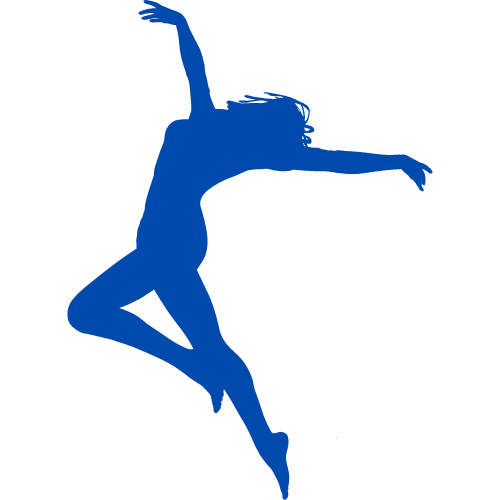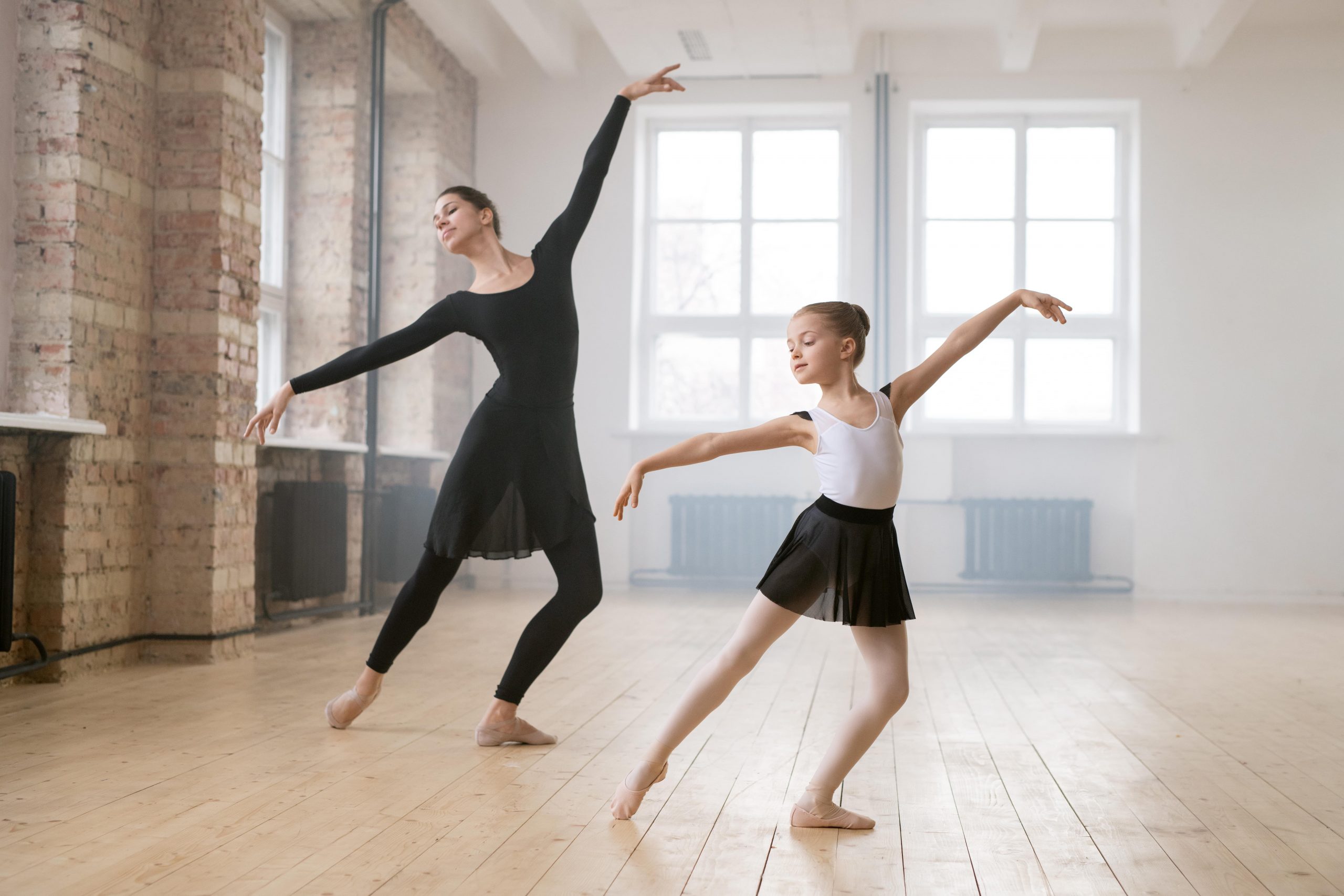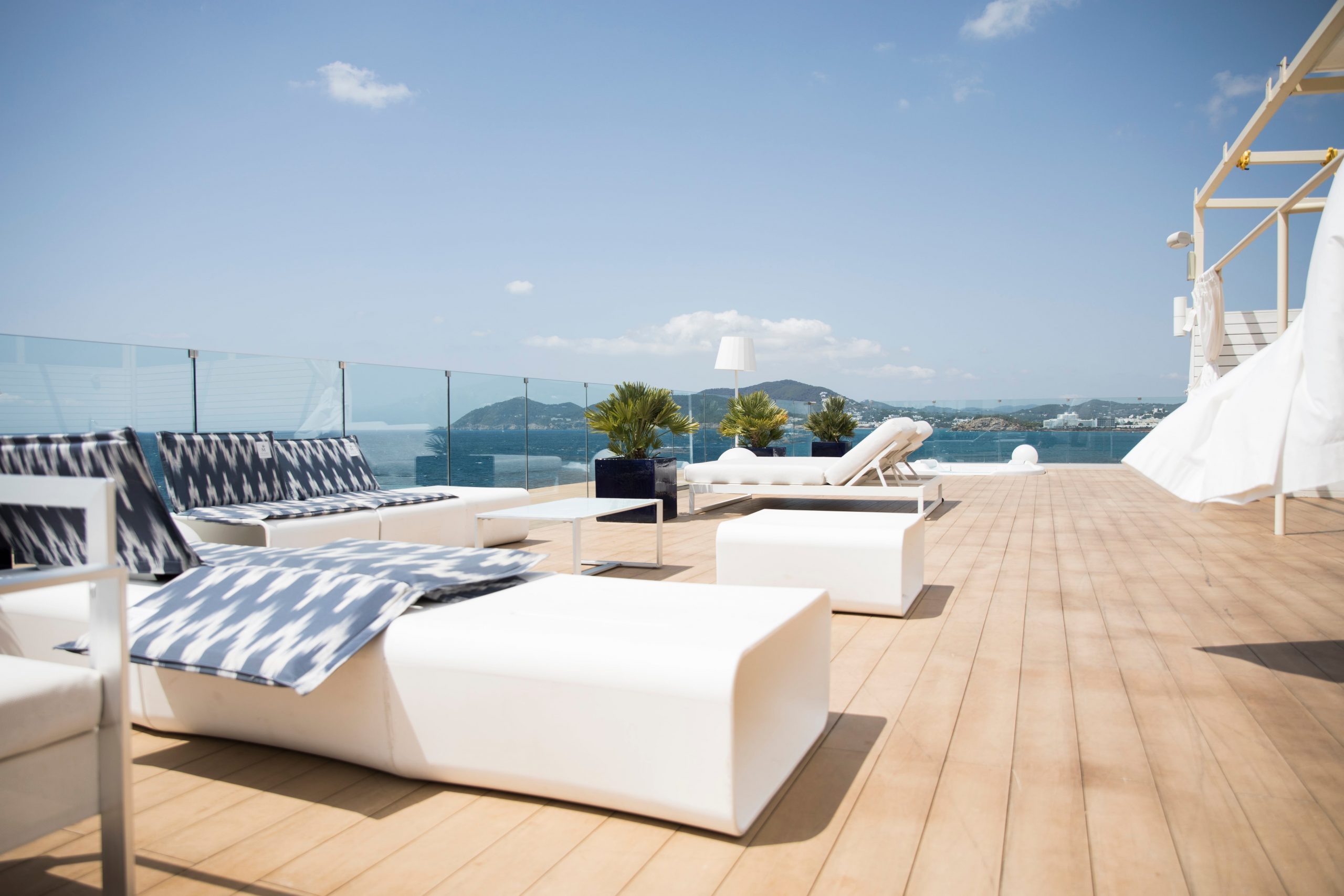If you love to dance, then you may be wondering how to build a dance studio at home. This can be a great way to get your dancing fix without having to go to a dance studio or club. Plus, it can be a lot of fun to design and build your own dance studio. Here are some tips on how to build a dance studio at home:
1. Choose a room in your house that you can dedicate to dancing. This room should have enough space for you to move around freely. It should also have good lighting and ventilation.
2. Install mirrors on two or more walls in the room. Mirrors will help you see your dance moves better so that you can improve your technique.
3. Get a good sound system. This is important so that you can play music while you dance. Make sure that the sound system is loud enough so that you can hear it over the music from your speakers.
4. Get a good quality dance floor. This is important so that you can dance without slipping and injuring yourself. There are many different types of dance floors available, so choose one that will work best for your needs.
5. Install lighting in the room. This is important so that you can see what you are doing while you are dancing. Make sure that the lighting is bright enough so that you can see clearly, but not so bright that it will bother your eyes.
6. Hang pictures or posters of dancers on the walls. This will help inspire you while you are dancing.
7. Get some comfortable clothing and shoes to dance in. You want to be able to move around freely without feeling restricted by your clothing.
8. Finally, practice, practice, practice! The more you dance, the better you will become at it. So put on some music and start dancing!
How do you set up a dance studio?
Setting up a dance studio can be a daunting task, but with a little planning and perseverance it can be a reality. Here are a few tips to get you started:
1. Find the right location: The first step is finding a suitable location for your dance studio. This is important because you want to make sure you have enough space for all your equipment and furniture, as well as enough space for your students to move around freely. You also want to make sure the location is easily accessible and has good lighting.
2. Choose the right flooring: The type of flooring you choose for your dance studio will depend on the type of dancing you plan on teaching. For example, if you want to teach ballet, then you will need a sprung floor. On the other hand, if you want to teach hip hop or another style of dance that involves a lot of jumping and high impact moves, then you will need a shock-absorbent floor.
3. Get the right equipment: Once you have found the perfect location and flooring for your studio, it’s time to start filling it with the right equipment. This includes things like mirrors, ballet barres, sound systems, and anything else you need to teach your classes.
4. Promote your studio: The final step is to let people know about your new dance studio! Use social media, flyers, and word-of-mouth to spread the word and attract new students.
What equipment do you need for a dance studio?
Dance studios are a great place to get fit, learn new dance moves and meet other like-minded people. But before you can start dancing your way to fitness, there are a few things you need to set up your dance studio. Here’s a list of essential equipment for any dance studio.
Flooring: A good dance studio will have a sprung floor, which is a floor that has some give to it. This type of flooring is designed to reduce the impact on your joints and muscles, and to reduce the risk of injury.
Mirrors: Mirrors are an important part of any dance studio, as they allow you to see your own movements and correct them as needed. They also help to create the illusion of space, making the studio appear larger than it actually is.
Barres: Barres are often used in ballet and other types of dance to help dancers maintain their balance and alignment. They can also be used for stretching and toning exercises.
Music: A good sound system is essential for any dance studio. Music can help to motivate and inspire dancers, and it can also be used to create different moods and atmospheres in the studio.
Lighting: Good lighting is important for both practical and aesthetic reasons. Well-lit studios are easier to clean and less likely to harbour bacteria, and good lighting can also help to create a more pleasant and inviting atmosphere.
Storage: Dance studios need somewhere to store all of their equipment, costumes and props. Storage solutions should be both functional and stylish, so that they complement the overall look of the studio.


